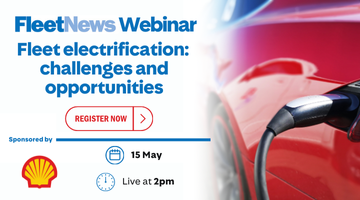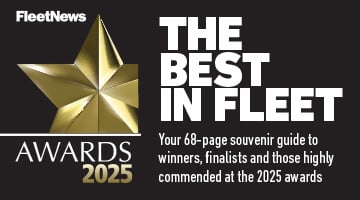A promise that if fulfilled will lead to radical change in funding options for those fleets that continue to purchase outright because – at last – there will be a levelling of the playing field between leasing and purchase. It’s something that the British Vehicle Rental and Leasing Association has been arguing in favour of for at least 10 years.
Let me explain the relevance.
The Government is finally saying that change is needed because it recognises that the present system, especially for cars that cost more than £12,000, is imposing higher compliance costs, is outdated (since when does an ‘expensive’ car cost as little as £12,000?) and, most importantly in the BVRLA view – discriminates against leasing and ‘so may distort financing decisions’.
The current £12,000 expensive car limit, unchanged since 1992 when it was raised from £8,000, does distort the market, especially as around 50% of the entire car population could now be classed as expensive.
All such cars have to be accounted for on an individual basis, leading to untold reams of burdensome administration, especially for larger fleets where there may be several hundred, or more, vehicles that fall into this category.
But it’s not only the expensive car limit that is important here.
That’s broadly an issue of timing as to when the tax relief is allowed. Of at least equal importance is the rental disallowance on leased cars.
It is calculated by a formula that as the capital cost of the car rises (above the £12,000 limit) so does the proportion of the rental that companies cannot claim back against their tax bill. This is a permanent disallowance and one that again, the BVRLA has been arguing to have removed. The Government has, unusually, set out in its consultation document its preferred option.
Of the three options it presents it argues that straightforward abolition would cost too much (£750 million over five years) and not meet its green objectives as the more polluting ‘expensive’ cars would become more attractive while the second option of lower writing down allowances for all cars would not ease the compliance burden nor meet environmental objectives.
The BVRLA, in an earlier deposition to Government, suggested that allowances could be made on the basis of CO2 emissions with higher polluting cars having a lower allowance. This could be tailored to meet both environmental and fiscal objectives while providing a simple compliance route.
The Treasury has included this concept as a part of its preferred option. Here it says that the scheme should consist of a new single car pool allied with a range of first year allowances based on CO2 emissions. The permanent rental disallowance would be scrapped altogether.
If implemented – and at this stage we can see no reason why it wouldn’t be – the option represents a huge step forward.
It places leasing and outright purchase on the same footing and ensures that all acquisition decisions are based on the same criteria, which will include now, the impact on the environment. As the Chancellor said before he sat down at the end of his Budget speech: ‘I commend it to the House’ and as far as this scheme is concerned, so do we.















Login to comment
Comments
No comments have been made yet.